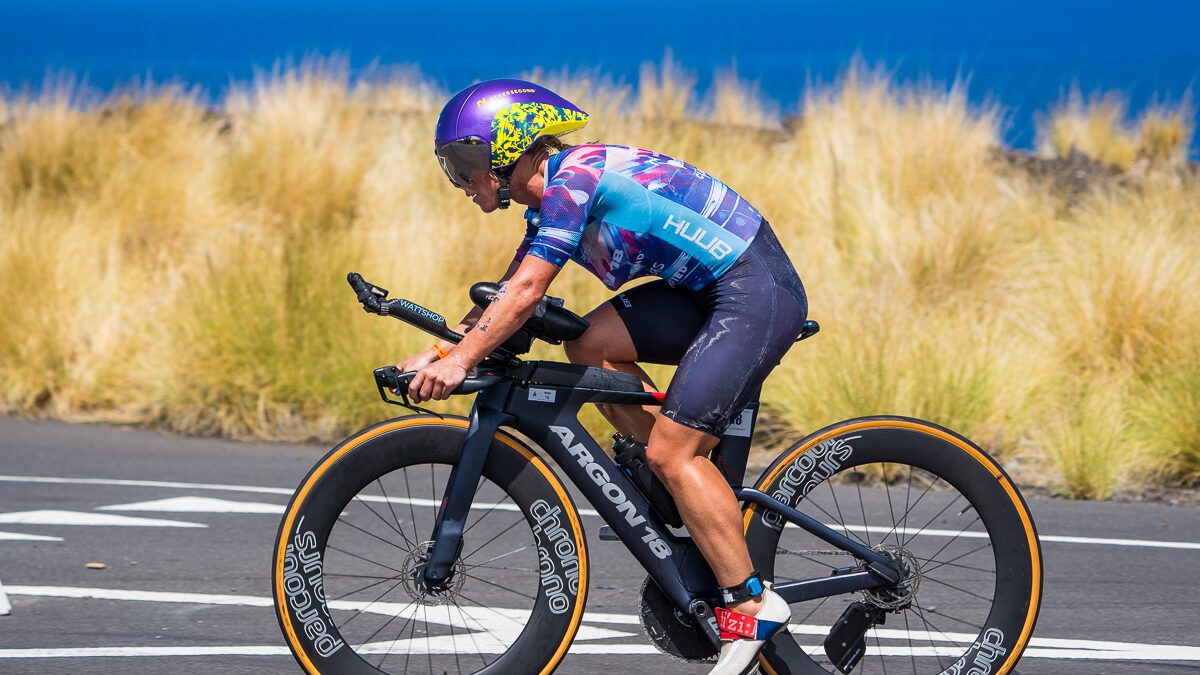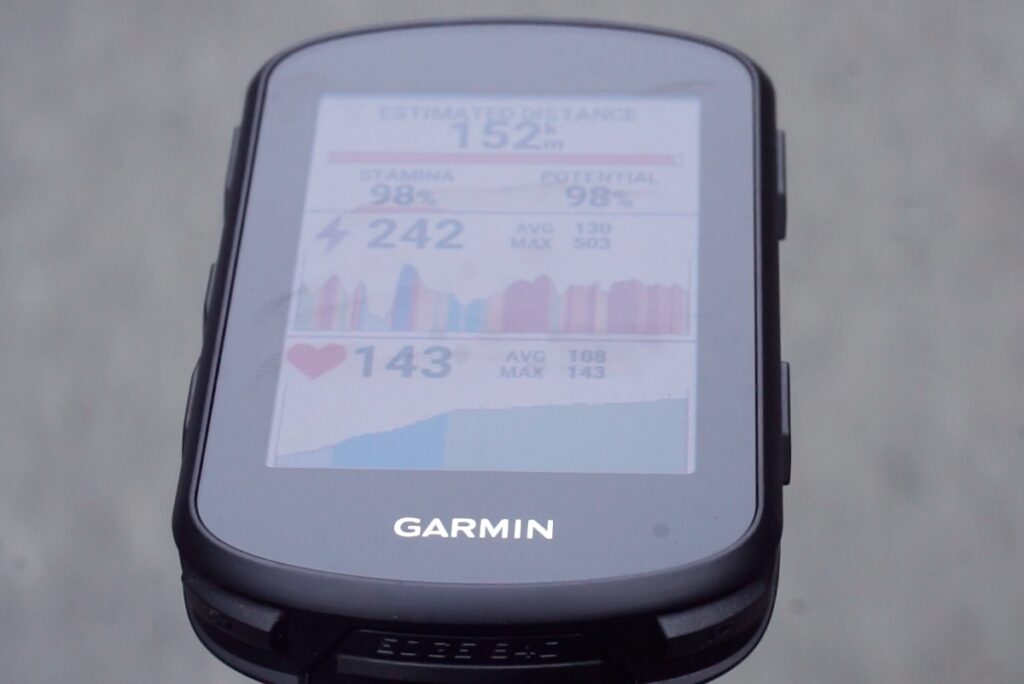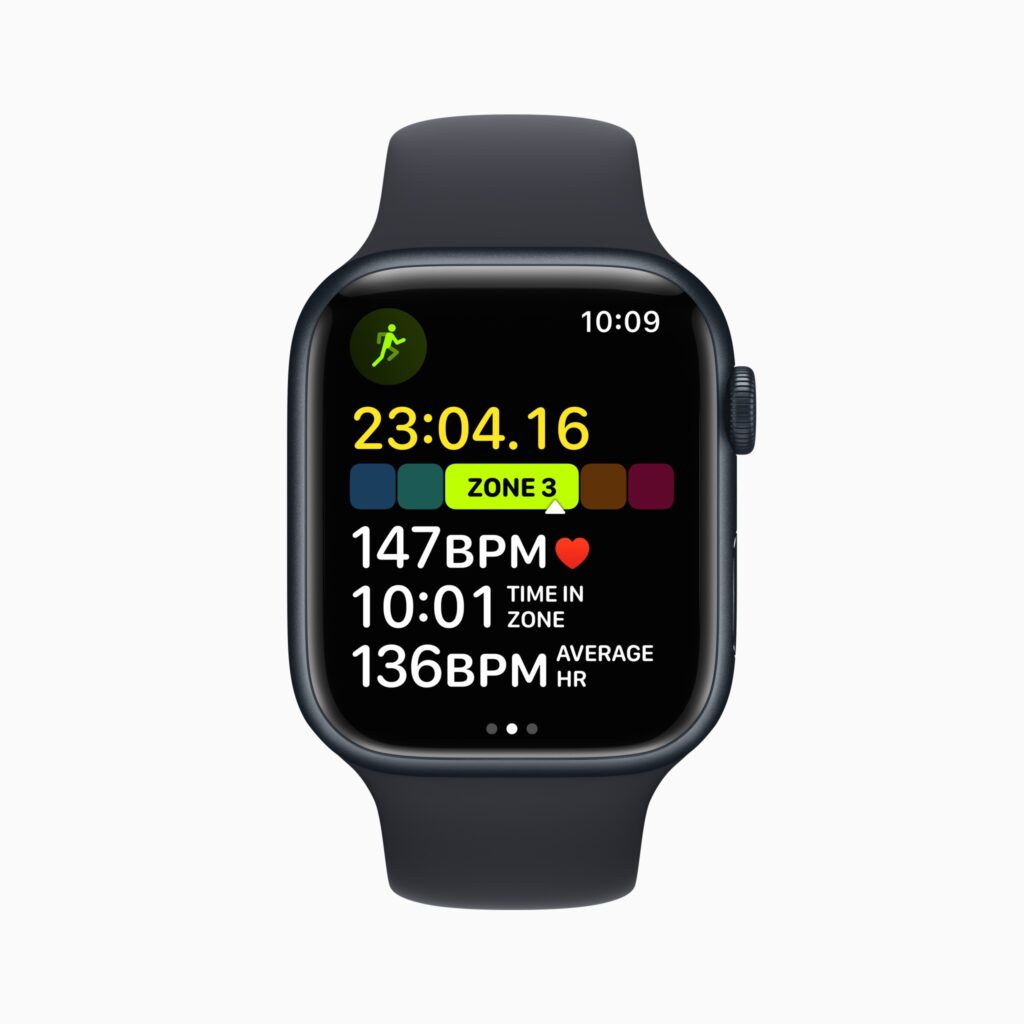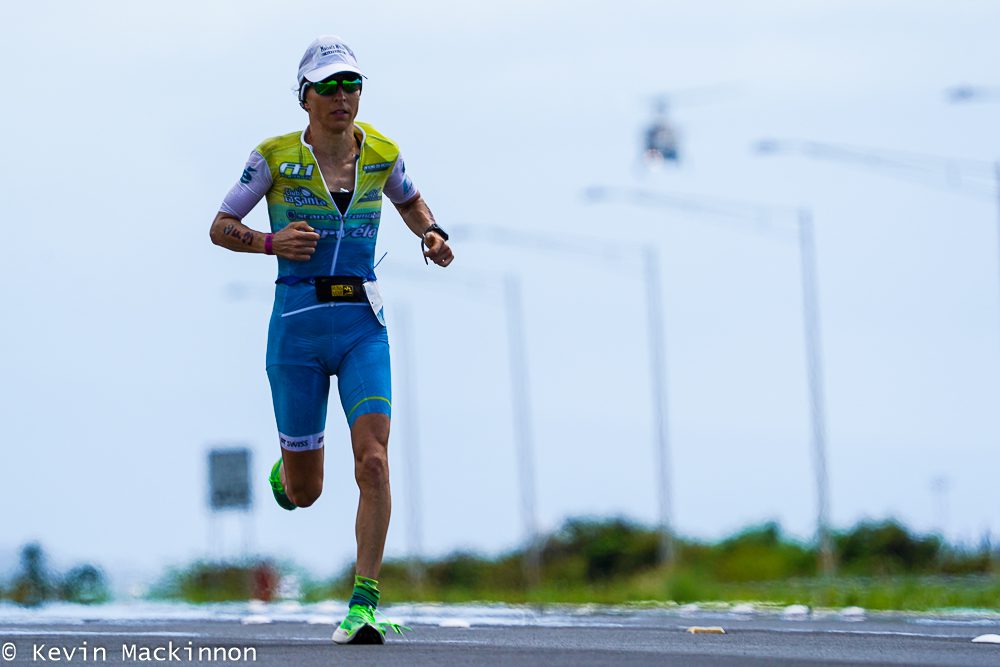Should you train by heart rate or power?
What's the best way for triathletes to monitor their training and racing?
 Photo by:
Kevin Mackinnon
Photo by:
Kevin Mackinnon
Sadly I am old enough to remember the first heart rate monitors that could be used for training. My first (I think I got it in 1987) was a big, strap on device that I could set for a high and low range – it would beep (annoyingly, I might add), whenever I was either below or above the set numbers. Around that same time SRM was launching the first power meter, but that technology remained out of reach for most of us. Over the next few years, heart rate monitors started to shrink in size (and price) and become a much more viable training gauge – it would take many more years before power meters would become a popular training option.
These days, though, power meters have also become a much more accessible piece of equipment, and have become a popular way of measuring your efforts during cycling workouts. Now it’s not unusual to find athletes who don’t pay any attention to their HR data on the bike, electing to focus purely on their power output. Do those athletes have things right? Or is there still value to be had in training based on heart rate?

Heart rate vs power
At its simplest, your power meter is measuring how hard you are working on your bike (your power output) – how many watts you are putting into pushing the pedals. Your heart rate is a measurement of how your body is reacting to that effort.
Through testing, you can set up various training zones that will help you to ensure you’re training at the right level, whether you’re measuring power or heart rate.
So what are the advantages and disadvantages of each?

Heart Rate
+ Easy of use: Pretty much every training watch worth having a look at incorporates wrist-based heart rate monitoring these days. For most people the data provided from the wrist-based monitors work pretty well, but for more accuracy (and for those who just can’t seem to get decent numbers from their wrist), adding a chest strap is an easy fix.
+ Expense: As mentioned, your sports watch most likely offers all that you’ll need to be able to monitor your heart rate during workouts, and for less than the price of a power meter.
+ Set up and testing: A simple ramp test will provide you with some decent numbers to work with for your training zones, and many sport watches will also provide easy testing and monitoring to help you develop appropriate training levels. You can even estimate your max heart rate with this simple equation (220 – your age), although that’s not exactly the most reliable way to come up with a number, and you’ll also find that’s less accurate the fitter you are.
+/ – Steady: Heart rate training works really well in steady state or easy training scenarios. There’s a lag between an effort ramping up and you seeing any changes in your heart rate (a positive component of training with a power meter – we’ll get to that momentarily), so you’ll get the most out of using your heart rate monitor when you’re setting it to maintain either an easy or steady-state effort for a longer period of time.
+ Overtraining warning: One sign of extending yourself too much in your training can be an elevated heart rate, both resting and during activity.
– Fluctuation based on conditions: Altitude, hydration levels, fatigue, temperature and how recently you’ve hammered down a cup of coffee (caffeine levels) can all affect your heart rate.
Power meter
+ Real-time measurement: Remember that lag we talked about with your heart rate? That doesn’t happen with your power meter. What you are putting out is what you see. That means you’re getting real-time feedback, regardless of whether you’re tired, over- or under-caffeinated, etc.
+ Specificity of zones: Since you don’t have to wait for your heart rate to catch up, you can work through intervals at the exact level you’re trying to work on.
– Expense and set up: Yes, power meters have come down dramatically in price, but they’re still a lot more expensive than a heart rate monitor. Some can also be a bit tricky to set up, although that’s less and less of a factor these days, too. Calibration can be a challenge, but, that’s also becoming easier and easier as manufacturers continue to develop the products.
+ Smart Trainers: If you don’t have a power meter on your bike, you’ll be able to use your smart trainer to monitor your power data.
+ Pedalling analysis: In addition to getting feedback on how hard you’re working, many power meters will also provide you excellent feedback on how efficient your pedal stroke is.
+/ – Super accurate data: That real-time feedback can drive you nuts as you’ll see the numbers jump around a lot. You can set things up to monitor an average wattage for a period of time (an interval, for example) to make that a bit easier to read. To really get the most out of all the data you’ll be generating from your workouts, you might find you’ll need the help of an experienced coach.

The ultimate solution: train with both, but don’t be dependent on them
As a coach I love to have the option to utilize both heart rate and power as a way to analyze training. I’m not a huge fan of using either as a racing tool – ideally through all the training we’ve done, my athletes can gauge their own effort on race day, rather than have to rely on what they’re watch or power meter is telling them. Here’s a few examples of why I’m such a proponent of that concept:
- When my son rode to a bronze medal in the Pan Am Games time trial, his coaches taped over all the data screens on his bike computer except one – his overall time. When I asked why they did that, they said that based on his training, they figured the power numbers he was going to generate on race day were going to freak him out, and he would slow down. The same went for his heart rate. Turns out they were right, and made the right call as he made the podium as a 19-year-old.
- Sebastian Kienle always refused to ride with a power meter, even in Kona when he won the world title. He wouldn’t even let SRAM put one on his bike that only collected data. He was a staunch believer in listening to his body on race day.
- Anne Haug, on her way to setting a new marathon course record in Kona last year, didn’t even look at her watch for the early part of the run. She wanted to listen to her body – which worked out pretty well as she ran her way from seventh to second and posted a 2:48:23 split.
So, in an ideal world, you’ll use a heart rate monitor to make sure you’re going easy enough on your easy days, and steady enough on your steady days. You’ll use your power meter to help get the most out of your specific interval and hard paced efforts.
And you’ll use all that information to teach your body exactly how hard it can go … without having to look at either on race day.
In addition to being the editor of Triathlon Magazine, Kevin Mackinnon was a former professional triathlete and has been a coach for over 35 years.
